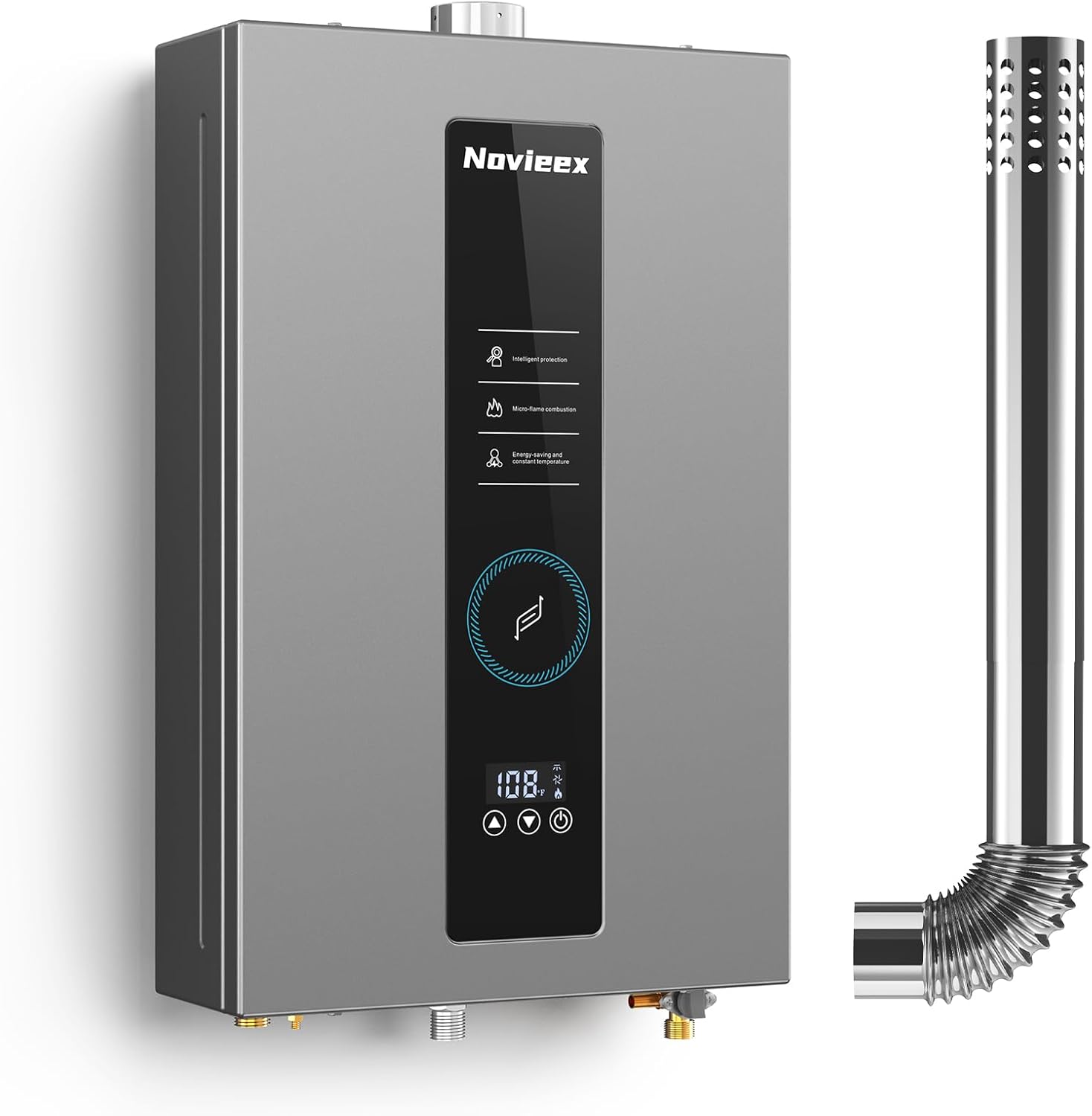Daily temperature changes affect air quality by influencing pollutant dispersion, chemical reactions, and atmospheric stability, impacting health and environmental conditions.
Daily temperature fluctuations play a crucial role in determining air quality levels. These changes affect how pollutants disperse, react, and accumulate in our atmosphere. Understanding this relationship helps us predict air quality issues and protect public health.

The Science Behind Temperature and Air Quality
Temperature changes influence air quality through several mechanisms:
- Thermal inversions trap pollutants near the ground
- Warmer temperatures accelerate chemical reactions that form ozone
- Temperature swings affect wind patterns and pollutant dispersion
Thermal Inversions Explained
During normal conditions, air temperature decreases with altitude. But during an inversion, warmer air sits above cooler air near the surface. This creates a lid that traps pollutants. Inversions often occur:
| Time | Likelihood |
|---|---|
| Early morning | High |
| Winter months | Very High |
| After sunset | Moderate |

Key Pollutants Affected by Temperature
Ground-Level Ozone Formation
Ozone forms when nitrogen oxides (NOx) and volatile organic compounds (VOCs) react in sunlight. Warmer temperatures accelerate this process. According to USGCRP research, a 1°C temperature increase can boost ozone levels by 1-3% in urban areas.
Particulate Matter Behavior
Temperature affects how particulate matter (PM2.5 and PM10) forms and disperses. Cold mornings often see higher PM levels due to:
- Increased wood burning for heat
- Temperature inversions trapping particles
- More vehicle cold starts with higher emissions
Regional Variations in Impact
The relationship between temperature and air quality varies by location:
- Urban areas: Experience stronger ozone formation due to heat island effects
- Mountain valleys: More prone to temperature inversions trapping pollution
- Coastal regions: Benefit from sea breezes that disperse pollutants
Case Study: Los Angeles Basin
LA’s geography makes it particularly vulnerable to temperature-related air quality issues. Morning inversions trap pollution, while afternoon heating creates perfect conditions for ozone formation. The basin’s mountains prevent pollution from dispersing easily.
Protecting Indoor Air Quality
Temperature changes affect indoor air too. Consider these solutions:
- Use smart heaters with app control to maintain stable temperatures
- Install ventilation systems with heaters to reduce humidity and mold
- Monitor indoor air quality during temperature swings
Future Climate Considerations
As climate change progresses, we can expect:
- More frequent and intense heat waves worsening ozone levels
- Longer pollen seasons due to warmer temperatures
- Increased wildfire smoke from drier conditions
Adaptation Strategies
Communities can prepare by:
- Expanding air quality monitoring networks
- Implementing heat emergency response plans
- Promoting cleaner energy sources

